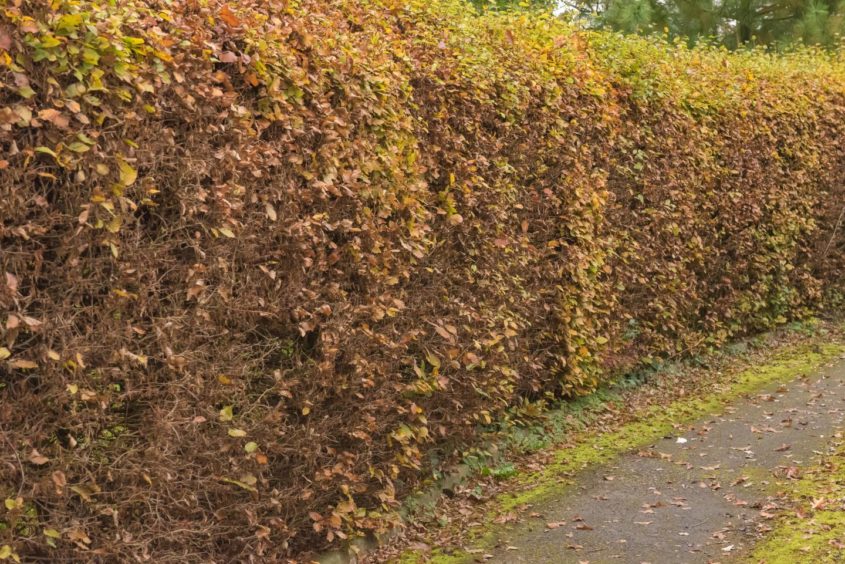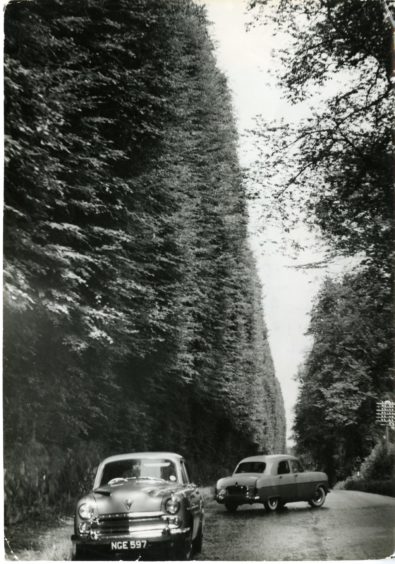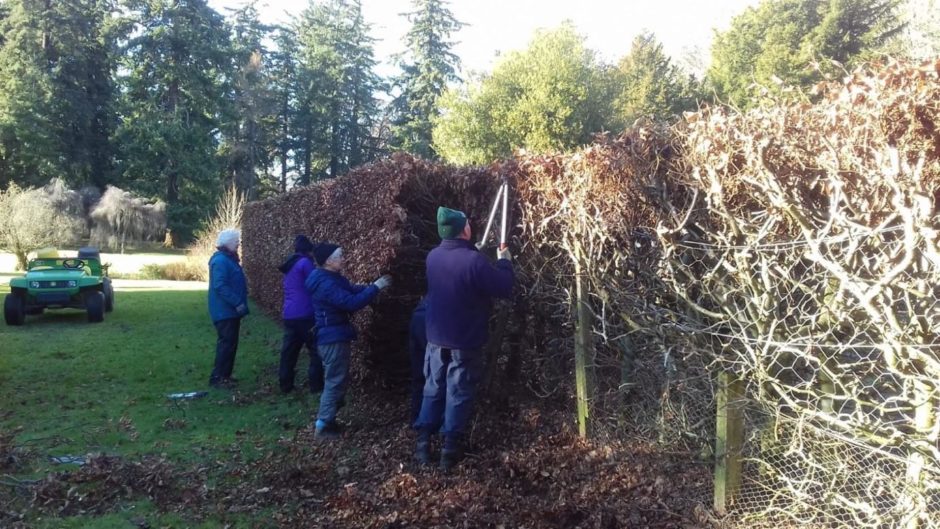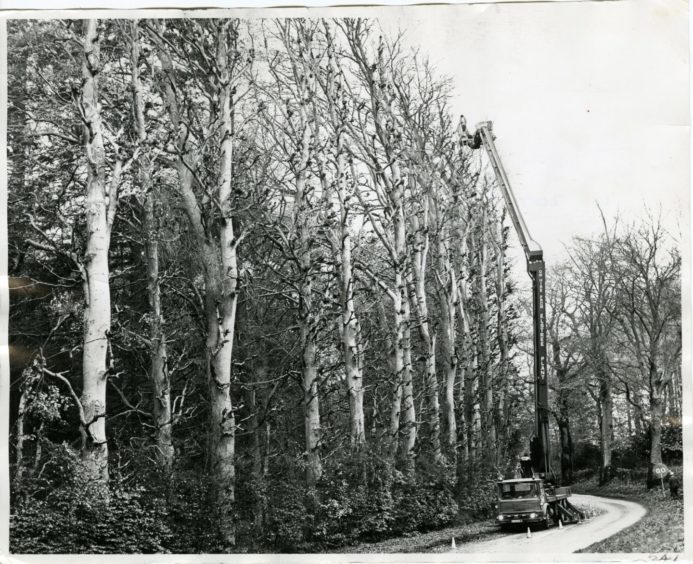Hedges are an integral part of the garden.
We plant them around our homes to define the boundary which often also combines this with the role as a windbreak protecting the garden plants within.
Tall hedges help give us privacy and when cleverly planted inside can divide our garden into smaller rooms giving our garden structure in the winter.
The ultimate for those of you with REALLY big gardens is using hedges to create fun mazes for the small and big kids in the family.
Whilst doing all these things for us they also provide food and shelter for our wildlife who as a thank you can help protect our gardens from unwanted pests.
Nesting season
It’s for this reason we delay cutting our hedges to keep them in shape for as late as possible into the growing season following guidelines set out by the Royal Society for the Protection of Birds and avoiding hedge cutting during the bird nesting season between the beginning of March and the end of August.
Of course this isn’t always practical as no matter how how tightly we clip them they always have a tendency of creeping ever so wider encroaching paths.
If you can’t avoid having to trim them earlier than recommended you must thoroughly check the hedge for any birds nests prior to cutting, staying well clear if any are found.
Please remember it’s an offence to damage or destroy the nest of any wild bird whilst it is being built or in use under the Wildlife and Countryside Act 1981.
Beech hedges
A common choice of hedge regularly seen when walking around is beech- coming in two colours green and purple which also has the added bonus of retaining it’s leaves in winter- also the evergreen yew and privet that was a popular choice for all the new houses being constructed post WW2.
However, I’m always keen to maximise every inch of growing space so have been investigating possible plant alternatives to try something different.
Although their primary role will be as one of the functional purposes mentioned previously, I can also take advantage of this backdrop to make it a part of the planting picture in front of them.
My favourite planting combinations include the colour purple making Berberis x ottawensis ‘Superba’ with its red-purple leaves on arching stems an ideal first choice.
The plant produces yellow-orange hanging flowers in spring and it’s thorny stems also make this a good selection if you are looking for a hedge in a security situation. You’ll have to be brave to break your way through this hedge!
To work out the spacing needed between plants I usually half the optimum width the plant will reach.
I reckon if kept as a shrub having the plant around 1.5m/5ft wide would keep it at a compact shape so I have gone for 75cm between plants though would go slightly less if looking for my Berberis hedge to become a solid mass quicker.
To avoid having your new hedge encroach on any pedestrian path making passers by having to walk on the road, I would use this spacing distance to plant in from the path too.
Endless options
A nice dark leaved evergreen shrub such as Osmanthus delavayi which has strong white flowers will look good in front of this hedge along with the likes of Russian sage that has long-lasting purple-blue flowers on grey-white stems or Anemone ‘White Swan’ that has pure white flowers with lavender bands on the backs of the petals.
I’m so excited by the endless options I now have.
Portuguese Laurel makes a thicker, evergreen hedge ideal if you would like to disguise an eyesore like a shed or a garage but please be aware for those with kids or puppies that the berries that this plant produce are toxic.
Viburnum x bodnantense ‘Dawn’ is a shrub for the darker months over winter producing sweetly scented flowers during periods from November through to March.
Although growing as a hedge we will still want to prune as a shrub removing some of the older stems once finished flowering making this a great choice for filtering winds on exposed gardens.
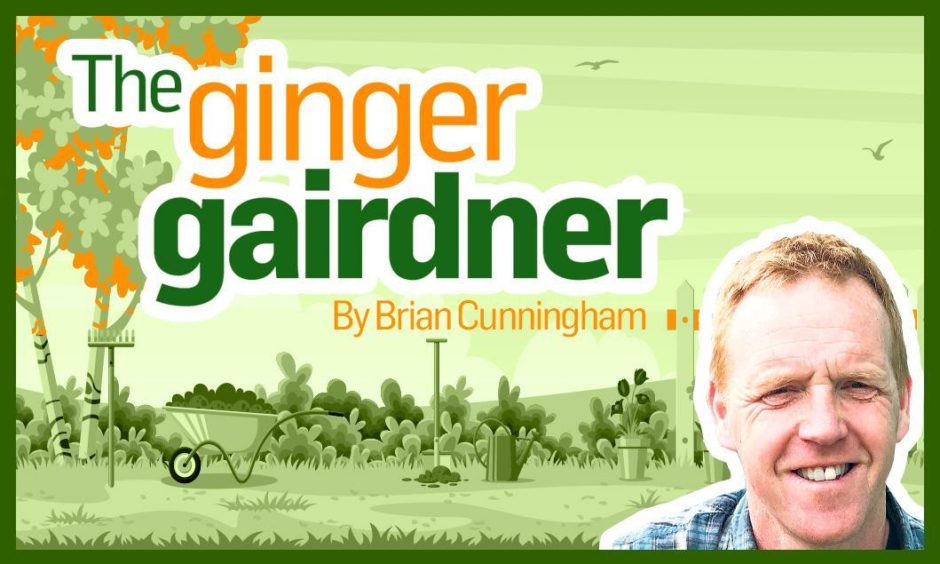
The border in front a hedging of this could be planted with fellow winter performers such as Hellebores, Aconites and snowdrops which could also work well with a hedging of variegated holly.
Ilex aquifolium ‘Argentea Marginata’ is another prickly performer that will give you an endless supply of material for Christmas wreaths and one ideal if you are gardening on dry soils.
I find the optimum height for a hedge is around 2m/6ft, you’d need to be a Hen Broon type figure to be able to nosey over into someone’s garden so it’s carrying out its boundary and privacy duties yet still at a decent level to be able to trim safely.
When not kept on top off conifers can be prone for out-growing their welcome but we shouldn’t be put off by them.
Thuja plicata ‘Atrovirens’ is an alternative to the more often seen Leylandii hedges, the foliage when crushed giving off a pleasant citrus aroma.

